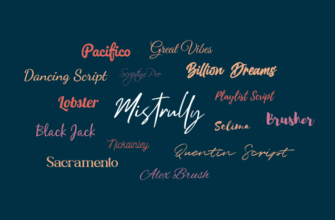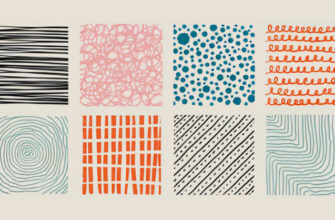| Designing a logo affects the business for time to come; it defines a company for potential consumers, and is the first thing needed to draw a customer in. It has to match the product being sold, appeal to the masses, and be cost effective for small and medium scale businesses. There are often misconceptions when it comes to logos, whether they are about the design, the importance, or how to design them. The most common ones, however, have simple solutions. |
Related: Tips To Make Your Logo Unique |
Copying large scale business logosCopying large scale business logos is a mistake that most SMBs make, in the hopes of finding success the way the larger scale business has. While this seems as if it could increase potential buyers, it only makes it harder to differentiate between your brand and another. It could also bring about possible legal action if the logo is already trademarked. Originality is a must when it comes to designing a logo, so consumers can identify a brand image. Brand image is the impression a company holds, and if not original, a company could lose potential customers. |
Using high scale business techniquesSome of the leading businesses around the world have logos that are recognized from miles away, such as the ‘M’ for McDonalds, or the check for Nike. SMBs need to realize that these companies have the ability to make simple logos without their brand names because they have already created an image that is known to millions of people. Small scale businesses do not have the exposure yet to just rely on a simple logo that does not give a clear visual of what the business sells. Simplicity is always for the best, but creating a logo that is too simple may hinder your business’ popularity. |
Designing for yourself and not the consumersOne of the biggest mistakes a SMB can make when designing a logo is choosing one that attracts them, and not the consumer. Before choosing a logo, a business must answer the following question: who are they selling the product to- themselves or the consumers? The clear answer is the consumers, and to interest them, the logo must be appealing to the masses, not just the executives of the company. The key to designing a logo that draws customers in is to run a logo by a friend or colleague first, to get a better opinion on whether the logo interests them enough to look into the brand. |
Designed by unprofessional, cheap websitesFor a business to look professional, it has to make sure that the logo looks it, too. Trying to save money when having a logo designed will make it look amateur, and will keep customers from becoming interested in your product. Instead of having your logo designed by a friend, family member or cheap start up company set aside a certain amount of money to have your logo designed by a professional company. The usual cost is around $300-600, which, although will be spent at once, will make sure that your logo will stand the test of time, and will thus make the business profit. |
Following the trendsAs mentioned before, a logo will represent a company as long as it is kept running, and to extend this period of time, a logo should seem timeless. Following trends that will only last for around a year, such as circles, flashy lights, or certain fonts, can lessen the possibility of a logo standing the test of time. An example of this could be the WWF organization, which has changed their logo as well as the font accompanying it to make it relevant to the current times. Choosing a logo that looks timeless will keep a company from having to constantly recreate their logo. |
Relying on color or small detailsA logo should seem as if serious effort has been put into it, but focus on color and minute details should be avoided. Logos represent the company in advertisements, which often take place in print media, such as magazines, newspapers, and billboards. On some, color and minute details will be suitable for boosting sales, but on others, such as in newspapers, color gets lost due to the black and white print, and smaller ads will hide the effort put into smaller details. When designing a long lasting logo, focusing on color should be the last priority. Designing a logo that will put across the desired image on a wide scale of surfaces should be of importance. Another aspect related to reliance is using raster images or a vector graphic. While raster images are made on applications such as Photoshop that consist of pixels, vector graphics are made through mathematical points, which ensure that an image has the visual consistency it requires through different sizes, surfaces, and media. Using raster images can make your logo look pixelated and unappealing when resized, while vector graphics have the advantage of easy adaption to different media, and easy to edit. Misconceptions and mistakes are always easy to make, but just remember the cardinal rules of logo design- it has to be timeless, it has to be cost-effective, and most importantly, it has to be simple but eye-catching! As the famous quote goes, “Simplicity is the ultimate sophistication.” Your logo represents your business, so make sure your representative is doing its job. |
All That Glitters Is Not Gold: Common Misconceptions Of SMBs About Designing Their Logos -

Featured Image: Unsplash/Sharon McCutcheon



